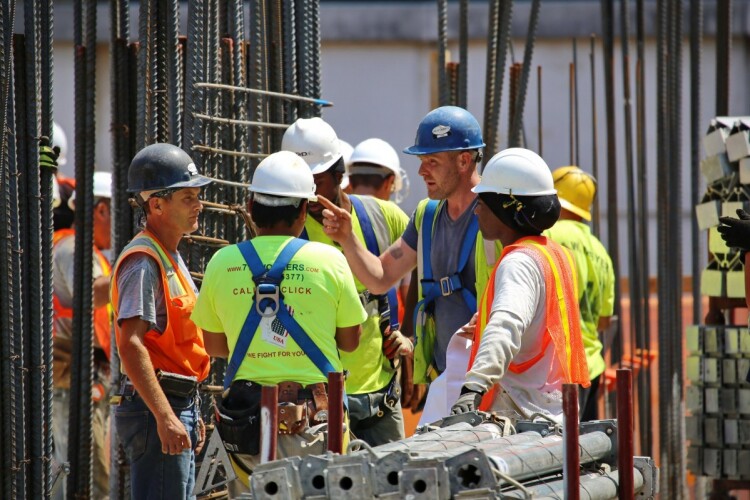Marcum’s annual analysis of the Bureau of Labor Statistics’ Job Openings and Labor Turnover Survey (JOLTS) shows that while the US construction industry has slowly begun to recover jobs lost in the early months of 2020, the rate of recovery is significantly behind the pre-pandemic pace of employment growth.
“In the first two months of the pandemic, construction lost about 1.1 million jobs, a decline equivalent to 14.2% of the industry’s workforce,” said Dr Anirban Basu, Marcum’s chief construction economist and author of the report.
“As of January 2023, the most recently available data as of this writing, there are roughly 7.9 million people on construction payrolls. That’s about 3.6% more employees than the industry had at the start of the pandemic.
“That’s approximately 400,000 fewer construction employees than there would have been, based on the 2015 to 2020 pace of hiring, had the pandemic not occurred,” said Basu.
The house-building sector has added workers at a faster rate than the non-residential sector, according to the report. “Residential construction accounted for 39.0% of all construction workers at the start of the pandemic,” said Basu. “As of January 2023, that share had risen to 41.4%.”
Non-residential construction has recovered jobs at a slower pace due to behavioural changes such as the increased prevalence of remote working and e-commerce, said Basu: “The non-residential industry has fared less well, and that’s reflected in the segment’s workforce, which is currently 0.5% smaller than at the start of the pandemic.”
The rate of recovery in job numbers would be quicker were it not for ongoing construction labour shortages.
“The construction industry averaged 390,500 open, unfilled positions in 2022, by far the highest recorded level over the 21-year period for which the Bureau of Labor Statistics has data,” said Basu. “As of January 2023, one in 20 construction jobs were unfilled.”

Marcum’s analysis is roughly in line with another report, by the Associated General Contractors of America which showed that while construction employment increased in 45 states in 2022, the industry would have added more jobs if the pool of available workers were larger (see our previous report here).
While the construction industry has grappled with labour shortages since long before the pandemic, worker scarcity now affects a majority of economic segments.
“In February 2020, there were 7.1 million open, unfilled jobs across the entire economy, close to the all-time high set in November 2019,” said Basu. “By March 2022, job openings had spiked to a new record of 11.9 million."
The surplus of open positions has empowered workers to switch jobs, or even industries, in search of higher pay. “The construction industry quit rate, or the share of construction workers who quit their jobs, averaged 2.5% during 2021 and 2022,” said Basu. “Over the previous decade, the construction industry quit rate averaged just 1.8%.”
Basu warns that given the predictions of recession toward the end of 2023 and the elevated price of construction materials, the industry must take steps to bolster its workforce.
“The gloomy economic outlook for the second half of 2023 and beyond and elevated borrowing costs could have dire effects on construction activity. The upshot is the construction industry must take drastic steps to ensure that the workforce is sufficiently sized to meet the demand for labour,” said Basu.
Marcum’s national construction leader, Joseph Natarelli, added, “Warning signs and historical trends of downturn are out there and have been for a little while. The construction industry, always the first to feel the pinch and last to be relieved of it, saw some minor downturns this June.
“Jobs are plenty, unemployment is slow still, but non-residential spending hasn’t grown over the past year and that includes the increases we saw in governmental and infrastructure spending. For now, we are advising our clients to take a sceptical and informed eye to the future.”
Got a story? Email news@theconstructionindex.co.uk



